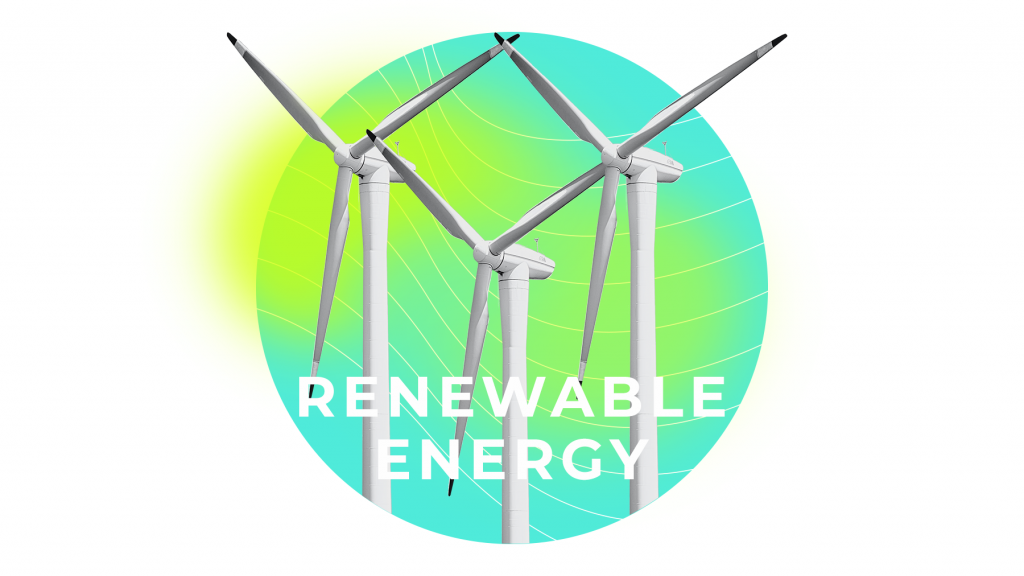One of the critical components of the Fit for 55 package is the revision of the renewable energy directive. The proposed amendments aim to increase the current EU-level target of at least 32% of renewable energy sources in the overall energy mix to at least 40% by 2030. This article will delve into the significance of boosting renewable energy, outline the proposed changes, and highlight the benefits of transitioning to cleaner forms of energy.
Why Boosting Renewable Energy?
Renewable energy offers a sustainable and environmentally friendly alternative to fossil fuels. Unlike traditional energy sources, renewables generate minimal carbon dioxide emissions and harness free and abundant natural resources. The types of renewable energy include wind power, solar power, hydropower, tidal power, geothermal energy, heat pumps, biofuels, and the renewable component of waste. By promoting the use of renewable energy, the EU aims to achieve the following objectives:
– Reducing greenhouse gas emissions: The energy sector is currently responsible for 75% of all EU emissions. Increasing the share of renewable energy in the energy mix will significantly reduce carbon dioxide emissions.
– Reducing dependence on fossil fuel imports: By diversifying the energy sources, particularly by boosting renewables, the EU aims to decrease its reliance on fossil fuel imports, especially from countries like Russia.
– Improving air quality and human health: The transition to renewable energy leads to a substantial improvement in air quality and a decrease in harmful pollutants. For instance, from 2005 to 2017, the EU witnessed a 7% drop in sulfur dioxide (SO2) emissions and a 1% drop in nitrogen oxide (NOx) emissions due to the increasing adoption of renewable energy sources.
The New Rules: A More Ambitious EU Target for 2030
Under the Fit for 55 package, the EU sets out more ambitious targets for renewable energy by 2030. The previous target of at least a 32% share will be revised to at least 42.5%, with an additional 2.5% top-up. As of 2021, renewable sources accounted for approximately 22% of the energy consumed in the EU. With the new 2030 target, the share of renewable energy in the EU’s energy mix will almost double.
Sector-Specific Targets and Measures
To ensure progress across various economic sectors, the revised directive introduces sector-specific targets and measures for 2030. These targets are as follows:
– Buildings: An indicative target of 49% renewable energy share in the building sector.
– Industry: A yearly increase of 1.6% in renewable energy use.
– Hydrogen in Industry: 42% of hydrogen used in the industry should come from renewable fuels of non-biological origin by 2030, with a further increase to 60% by 2035.
– Heating and Cooling: A yearly increase of 0.8% in renewable energy use until 2026, followed by a yearly increase of 1.1% until 2030.
– Transport: Member states can choose between reducing emissions’ intensity of transport fuels by 14.5% or ensuring a share of renewables in transport of at least 29%. Additionally, a 5.5% share of advanced biofuels and renewable fuels of non-biological origin combined is expected, with at least 1% coming from renewable fuels of non-biological origin (e.g., hydrogen).
Accelerating Renewable Energy Projects
The new rules emphasize the need to expedite the permitting process for renewable energy projects. This includes fast-tracking the deployment of such projects by accelerating permitting procedures. Moreover, the revised directive acknowledges that renewable energy projects can be considered ‘overriding public interest’ to prevent bottlenecks and delays in implementation. Furthermore, there is an emphasis on integrating renewable energy into existing energy grids to ensure a smooth and efficient transition.
Sustainable Bioenergy
The revised directive introduces stricter criteria to ensure the sustainability of biomass use for energy. This measure aims to avoid unsustainable practices and ensure that biomass is used to minimize environmental impact and promote the efficient use of resources.
Conclusion
The Fit for 55 package’s proposed revision of the renewable energy directive marks a significant step towards a sustainable and cleaner future for the European Union. By increasing the share of renewable energy in the overall energy mix, the EU aims to reduce greenhouse gas emissions, enhance energy security, and improve air quality. The new targets and measures and streamlined permitting processes will help accelerate the deployment of renewable energy projects and drive the transition to a more sustainable energy landscape. By embracing renewable energy, the EU is taking a vital stride towards achieving its climate neutrality goals and setting an example for the rest of the world.




